What is the 'eclipse' that demonstrates Einstein's theory of relativity?

One of the achievements of
The eclipse photo that made Einstein famous-YouTube
Solar eclipse is a phenomenon in which the sun is obscured by the moon.
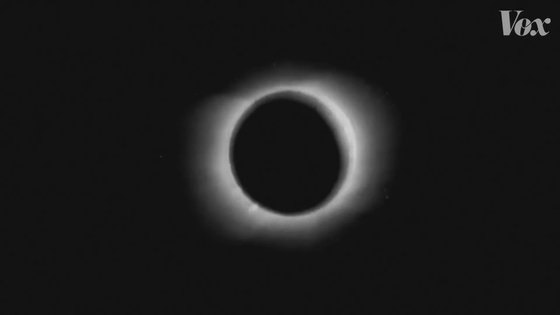
The condition that causes an eclipse is that the moon penetrates between the sun and the earth.
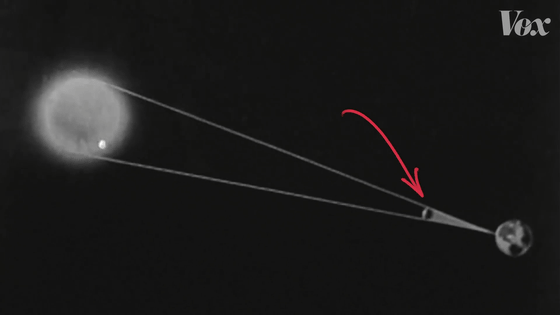
From the Earth's perspective, when the moon passes in front of the sun and an eclipse occurs, the sky becomes as dark as at night, and the surrounding stars become more visible.
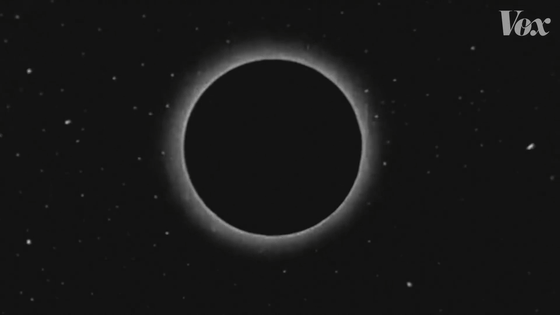
Although many pictures of the solar eclipse remain, the picture of the solar eclipse taken in Sobral, Brazil on May 29, 1919 has a special meaning that no other pictures have.

It means redefining gravity...
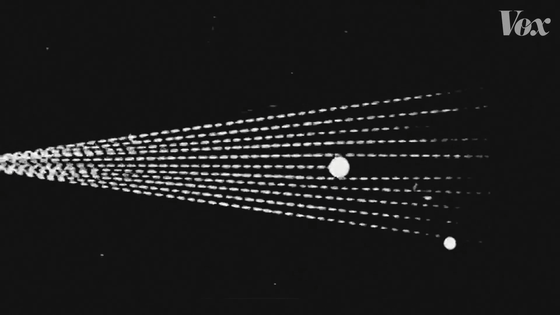
It means making Einstein famous.
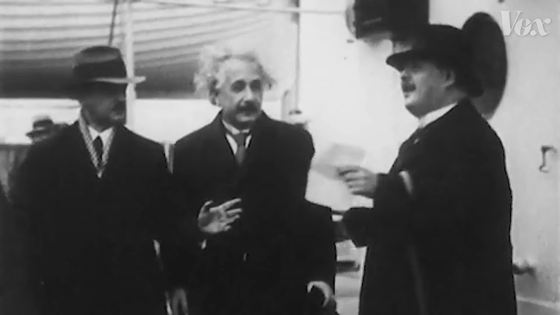
It was
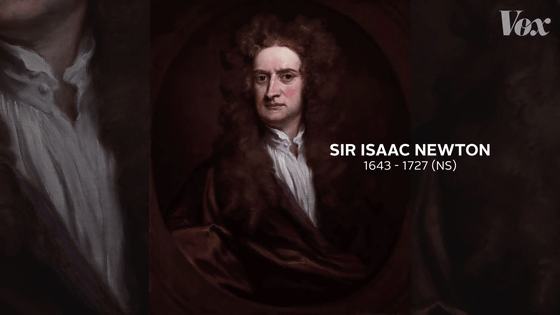
Newton defined gravity in his '

Gravity has been defined as 'attracting force' for more than 200 years since Newton's announcement.
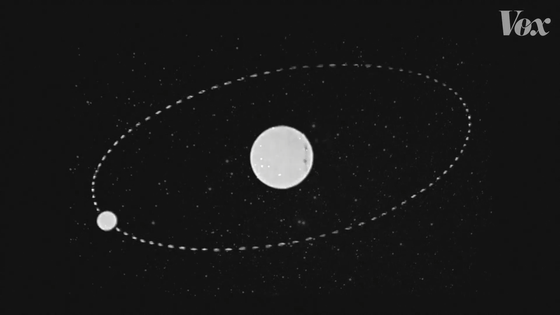
However, Einstein had a completely different view of gravity from Newton.
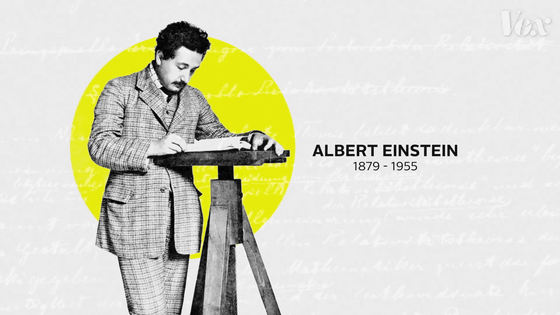
A paper on general relativity published by Einstein in 1915 defined gravity as 'the effect that an object has on the shape of space itself' rather than 'the force that occurs between objects in space.'
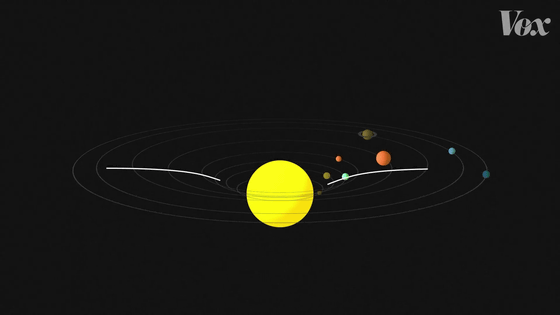
In general theory of relativity, an object with a huge mass like the sun is thought to twist the surrounding space.
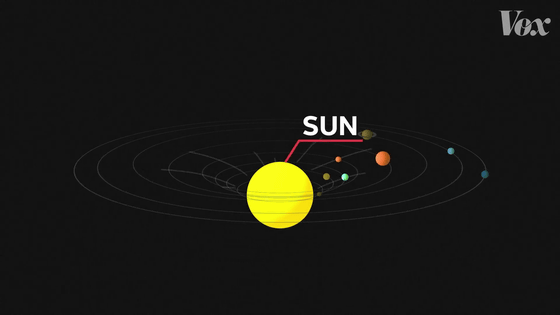
Therefore, it is explained that even if a small object tries to move linearly in a twisted space, the distortion caused by the mass of a larger object causes it to move in an arc rather than a straight line.
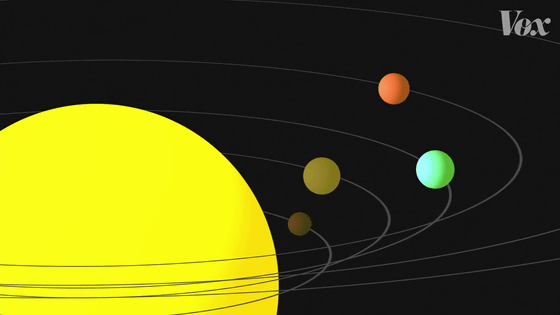
If this theory is correct, light that passes near a huge object should also bend in its direction of travel.
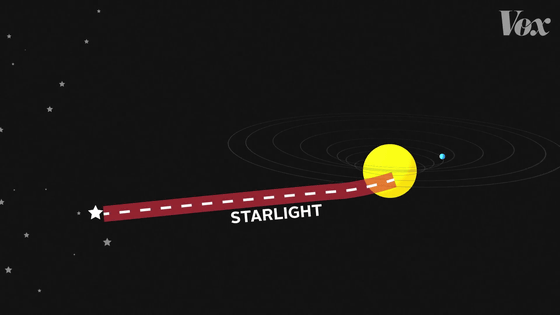
In other words, when observing a star that appears near the sun, the light emitted from the star should be bent by the mass of the sun, so the actual position is shifted from the apparent position.
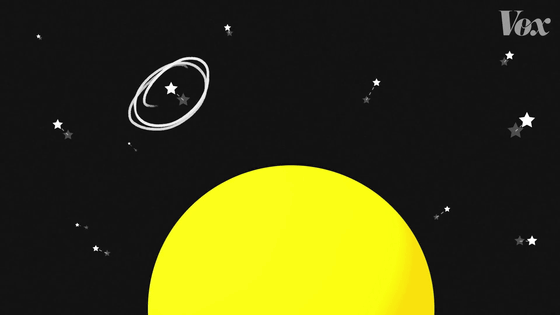
This idea was epoch-making at the time, but there was a big problem for Einstein to prove the correctness of the theory.

Einstein announced General Relativity in the midst of World War I.

Although Einstein lived in Germany at the time,
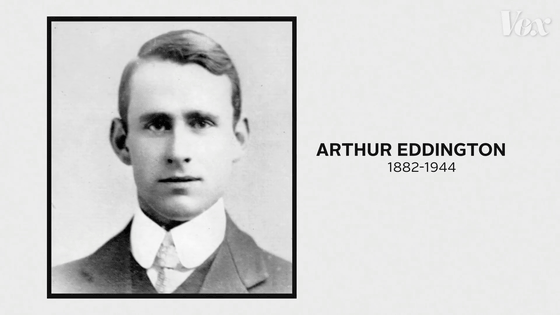
Eddington

This experiment uses a total solar eclipse to compare the positions of stars.
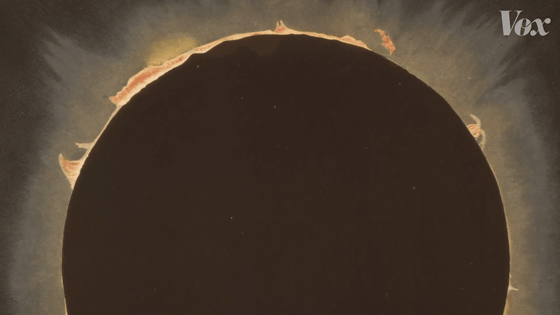
First, take a picture of a normal starry sky...
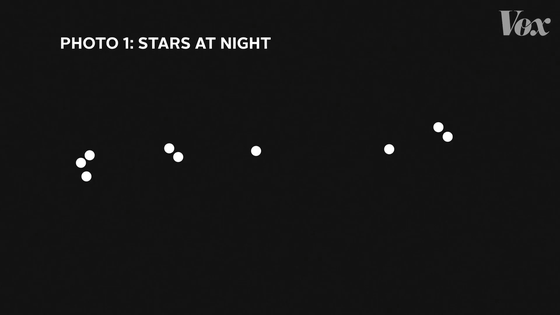
Even during the total solar eclipse, the same starry sky is taken.
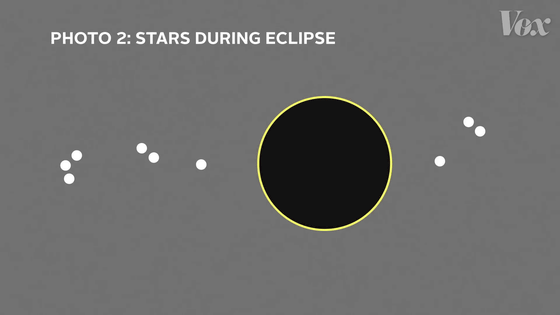
During the total solar eclipse, the sun blocks the sun, so you can take pictures of the stars in the immediate vicinity of the sun. If the position of the star in the immediate vicinity of the sun that can be photographed by the total solar eclipse is displaced compared to the ordinary starry sky photograph, it means that the apparent position of the star has shifted due to the gravity of the sun. Then, Eddington and Dyson thought that 'the theory of relativity is correct' could be proved.

The best fit for this experiment was the solar eclipse that occurred in the Southern Hemisphere in May 1919.

The reason is that the sun passes near the

In 1919, the observation team split into two teams from the UK and departed. The team headed by Eddington headed to
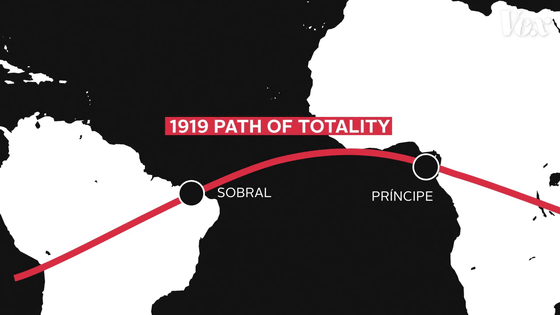
The telescope for photography, which can take detailed astronomical photographs, was carried in the disassembled state and carefully assembled outdoors.
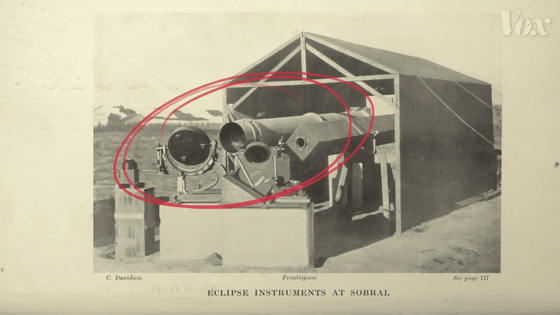
Here is a picture of the eclipse taken in that way. It is one of the few successful solar eclipse photos taken at Sobral in May 1919.

This picture was taken of a 'total solar eclipse' in which the shadow of the moon completely covered the sun.

The
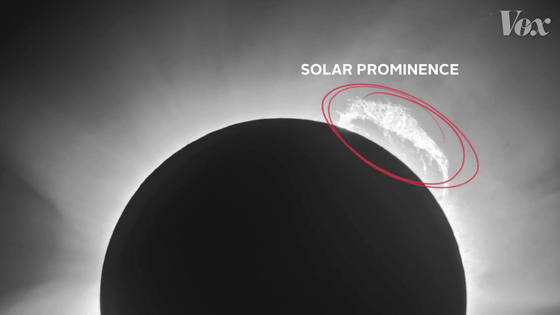
And the stars near the sun, which was the purpose of the experiment, were also included in the photo.
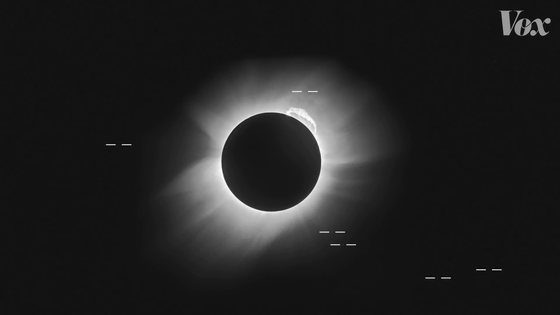
When Edington, who returned to England, compared the photographs using a microscope, he found that the apparent position of the stars moved during the eclipse.
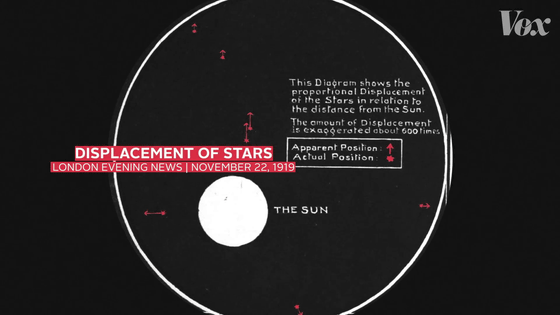
Newton also calculated that the light of a star bends near the sun, but Einstein's prediction had less deviation error.

The success of Eddington et al.'s experiment was first reported in the London Times, published November 7, 1919.
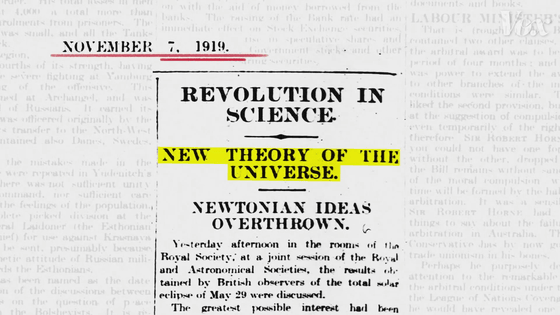
Since then, this news has been widely reported in various newspapers around the world...
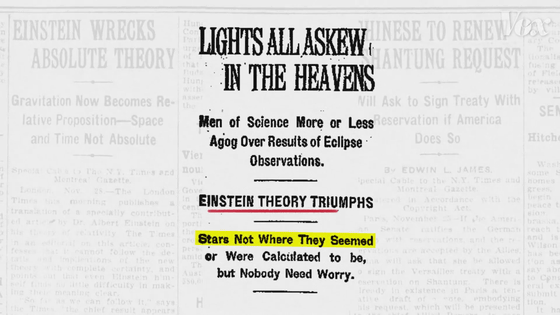
Einstein, which was famous only in the world of physics, has become a world famous entity.
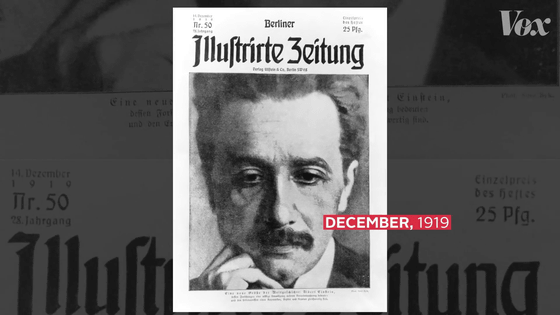
Even after the experiments by Eddington et al., the solar eclipse was continuously filmed in the Soviet Union in 1936, Sudan in 1952, and Mauritania in 1973...

Einstein's predictions have been shown to be quite accurate.
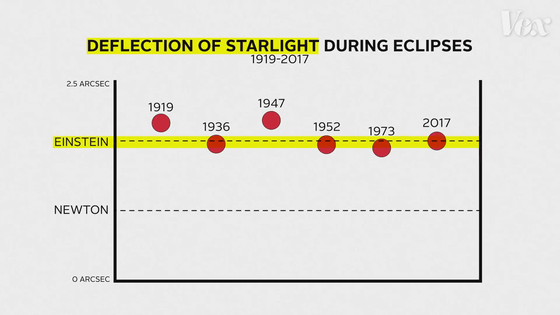
General relativity has led to a progressive view of the universe.

Nowadays, similar research is being conducted using black holes.
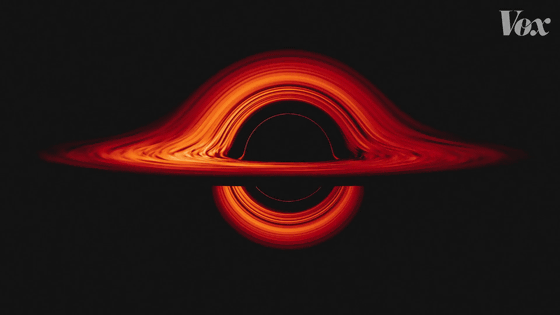
Related Posts:







